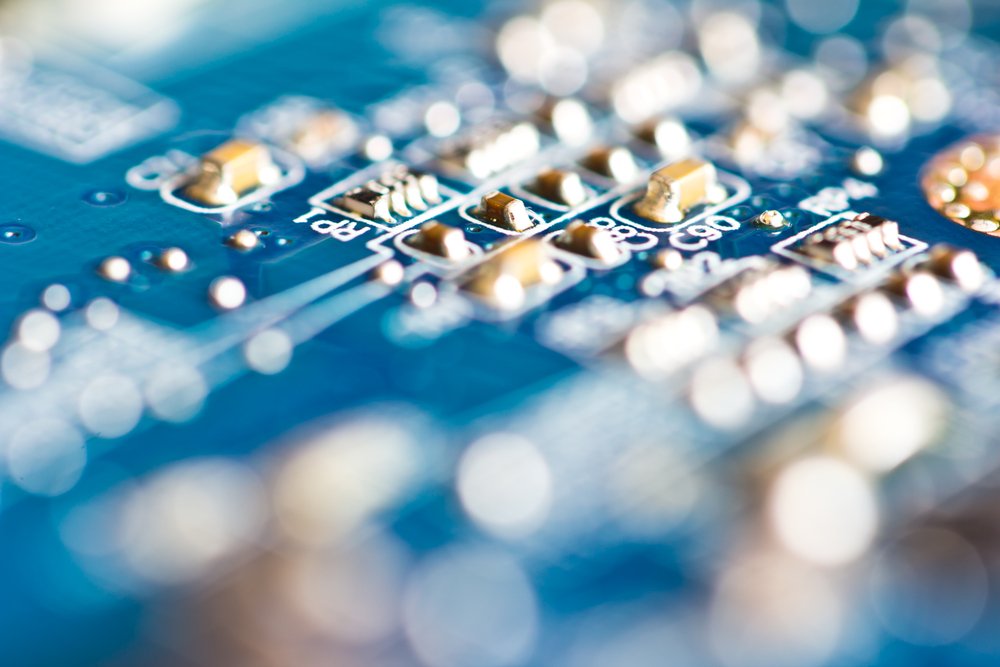A Revolutionary AI Platform from Singapore’s SixSense Enhances Semiconductor Manufacturing
A Singapore-based deep tech startup, SixSense, has unveiled an AI-driven platform aimed at helping semiconductor manufacturers detect and predict chip defects in real time.
Series A Funding Boosts Growth
SixSense has successfully raised $8.5 million in its Series A funding round, bringing its total funding to approximately $12 million. This round was spearheaded by Peak XV’s Surge (previously known as Sequoia India & SEA), with contributions from Alpha Intelligence Capital, FEBE, and additional partners.
Founders with Vision
Established in 2018 by engineers Akanksha Jagwani (CTO) and Avni Agarwal (CEO), SixSense is addressing a critical challenge in semiconductor manufacturing: transforming vast amounts of raw production data—ranging from defect images to equipment signals—into actionable insights that enhance quality control and yield.
Despite the extensive data generated on production floors, the co-founders recognized a significant gap in real-time analytics.
Expertise Behind the Innovation
Akanksha offers a wealth of experience in manufacturing, quality control, and software automation, having developed solutions for companies like Hyundai Motors and GE, as well as leading product development at startups such as Embibe. Avni, equipped with extensive technical know-how from her tenure at Visa, has crafted large-scale data analytics systems, some of which are trade secrets. Her passion lies in applying AI solutions to traditional industries beyond fintech.

Identifying Opportunities in Semiconductor Manufacturing
Together, the duo explored various sectors including aviation and automotive before landing on semiconductors. Despite its reputation for precision, Agarwal noted that inspection processes are still largely manual and fragmented. Conversations with over 50 engineers revealed a significant need for modernization in quality assurance methods.
Challenges in Current Quality Checks
Current fabrication facilities overflow with dashboards, SPC charts, and inline inspection systems; however, these often only present data without offering deeper analytical capabilities. Agarwal expressed, “The responsibility for decision-making still rests on engineers, leading to time-consuming, subjective processes that struggle to keep pace with increasing complexity.”
Proactive Solutions for Semiconductor Challenges
SixSense empowers engineers by providing early warnings about potential issues with features like defect detection, root cause analysis, and failure prediction.
Designed for process engineers rather than data scientists, Agarwal emphasized that “process engineers can customize models using their own fab data, deploy them in under two days, and trust the outcomes—all without needing to code.” This approach combines power with practicality.
Competitive Landscape and Market Reach
SixSense faces competition from in-house engineering teams using tools like Cognex and Halcon, inspection equipment manufacturers integrating AI solutions, and other startups such as Landing.ai and Robovision.
The platform is already operational at major semiconductor manufacturers, including GlobalFoundries and JCET, with over 100 million chips processed to date. Clients have reported production cycle times up to 30% faster, yield improvements of 1-2%, and a staggering 90% decrease in manual inspection workloads, as stated by the founders. The technology is compatible with inspection equipment that commands over 60% of the global market.
Target Customers and Global Expansion
“Our target customers are large-scale chipmakers—foundries, outsourced semiconductor assembly and test providers (OSATs), and integrated device manufacturers (IDMs),” Agarwal stated. “We are already collaborating with fabs in Singapore, Malaysia, Taiwan, and Israel, and we are now setting our sights on expanding into the U.S.”
Adapting to Global Manufacturing Trends
With geopolitical tensions influencing chip manufacturing locales, new investments are flowing into fabs across the globe.
“We’re witnessing aggressive expansions in Malaysia, Singapore, Vietnam, India, and the U.S.,” Agarwal noted. “This trend is beneficial for us, as we’re already situated in the region, and many new facilities are starting anew—unencumbered by legacy systems. This openness makes them more receptive to AI-native approaches like ours from the outset.”
FAQ about SixSense
1. What is SixSense?
SixSense is a female-founded semiconductor AI startup that specializes in leveraging artificial intelligence to innovate in the semiconductor industry. The company aims to enhance performance and efficiency within semiconductor manufacturing processes through cutting-edge AI solutions.
2. How much funding did SixSense recently raise?
SixSense has successfully raised $8.5 million in its latest funding round. This investment will be used to accelerate the development of its AI technologies and expand its market reach.
3. Who are the key investors in SixSense?
The funding round includes participation from notable venture capital firms and angel investors who are committed to promoting diversity in tech and supporting innovative solutions in the semiconductor space.
4. What are the potential applications of SixSense’s AI technology?
The AI solutions developed by SixSense can be applied to various aspects of semiconductor manufacturing, including quality control, process optimization, and predictive maintenance, ultimately leading to increased efficiency and reduced costs for manufacturers.
5. How does SixSense contribute to diversity in the tech industry?
As a female-founded startup, SixSense actively promotes diversity within the tech sector by leading with a strong representation of women in technology and entrepreneurship, aiming to inspire and encourage other women to enter the semiconductor and AI fields.


